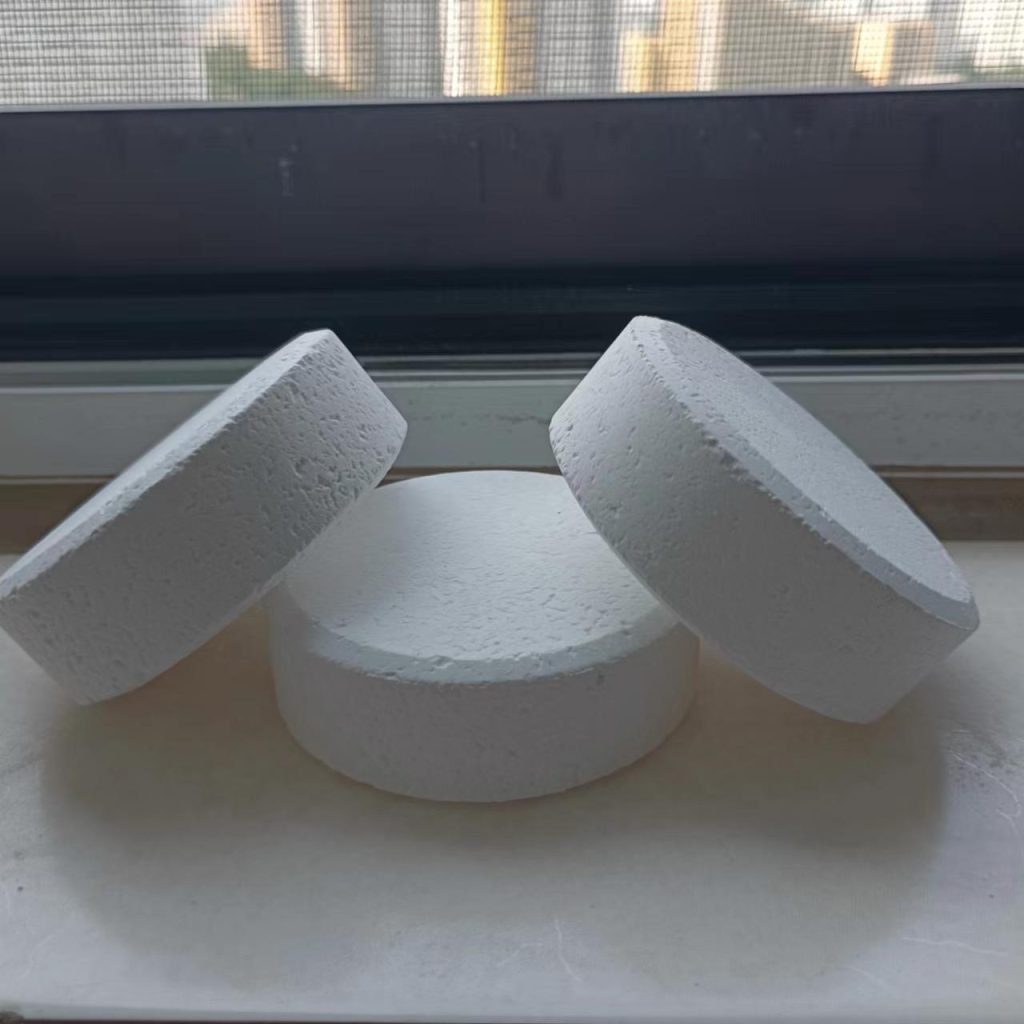Ensuring the safety and quality of your water is essential, especially when it comes to chlorine levels. Chlorine is commonly used to disinfect water, but too much or too little can pose health risks. In this blog post, we’ll explore how to detect chlorine levels in water and discuss the role of chlorine tablets in maintaining optimal water quality. Additionally, if you’re looking for a discount chlorine tablet or want to buy cheap chlorine tablet options, we’ll provide some tips to help you make an informed decision.

Why Monitor Chlorine Levels?
Chlorine is widely used to kill harmful bacteria and pathogens in water, making it safe for drinking, swimming, and other uses. However, excessive chlorine can cause skin irritation, respiratory issues, and an unpleasant taste or odor. On the other hand, insufficient chlorine can fail to disinfect the water properly, leading to potential health hazards. Therefore, monitoring chlorine levels is crucial for maintaining a balance.
Methods to Detect Chlorine in Water
There are several ways to measure chlorine levels in water, ranging from simple test kits to advanced digital meters. Here are the most common methods:
1. Test Strips
Test strips are an easy and affordable option for detecting chlorine levels. Simply dip the strip into the water, and it will change color based on the chlorine concentration. Compare the color to the provided chart to determine the level. This method is ideal for quick checks and is widely used for pool and drinking water testing.
2. Liquid Test Kits
Liquid test kits involve adding a few drops of a reagent to a water sample. The solution changes color, indicating the chlorine level. While slightly more time-consuming than test strips, liquid kits often provide more accurate results.
3. Digital Chlorine Meters
For those who require precise measurements, digital chlorine meters are the best choice. These devices provide instant readings and are highly accurate. They are commonly used in professional settings but are also available for personal use.
4. DPD Tablets
DPD (Diethyl-p-Phenylene Diamine) tablets are another reliable method. You dissolve a tablet in a water sample, and the resulting color change indicates the chlorine level. This method is often used in laboratories and by water treatment professionals.
The Role of Chlorine Tablets in Water Treatment
Chlorine tablets are a popular and convenient way to maintain proper chlorine levels in water. They are widely used in pools, spas, and even for drinking water treatment. These tablets slowly dissolve, releasing chlorine over time, which helps maintain a consistent disinfection level.
If you’re on a budget, you can look for a discount chlorine tablet option. Many suppliers offer bulk purchases or seasonal discounts, making it easier to stock up without breaking the bank. However, always ensure that the tablets meet safety standards and are suitable for your specific needs.
For those who want to buy cheap chlorine tablet products, it’s important to compare prices and read reviews. While affordability is key, quality should never be compromised. Cheap tablets that don’t dissolve properly or contain impurities can lead to inconsistent chlorine levels and potential health risks.
Tips for Using Chlorine Tablets Safely
1. Follow Instructions
Always read the manufacturer’s guidelines before using chlorine tablets. Overuse can lead to high chlorine levels, while underuse may fail to disinfect the water effectively.
2. Store Properly
Keep chlorine tablets in a cool, dry place away from direct sunlight and moisture. Improper storage can reduce their effectiveness and pose safety hazards.
3. Monitor Regularly
Even with chlorine tablets, it’s essential to test the water regularly to ensure the chlorine levels remain within the recommended range.
4. Use the Right Amount
The number of tablets needed depends on the volume of water and the desired chlorine concentration. Overloading the water with tablets can lead to excessive chlorine levels, which can be harmful.
Conclusion
Detecting chlorine levels in water is a straightforward process that can significantly impact your health and safety. Whether you use test strips, liquid kits, or digital meters, regular monitoring is key. Chlorine tablets are an excellent tool for maintaining consistent chlorine levels, and with options like discount chlorine tablet deals or the ability to buy cheap chlorine tablet products, you can find solutions that fit your budget.
Remember, while affordability is important, always prioritize quality and safety when choosing water treatment products. By following these tips and methods, you can ensure your water remains clean, safe, and properly disinfected.


 Instant
Quote
Instant
Quote Email
Us
Email
Us